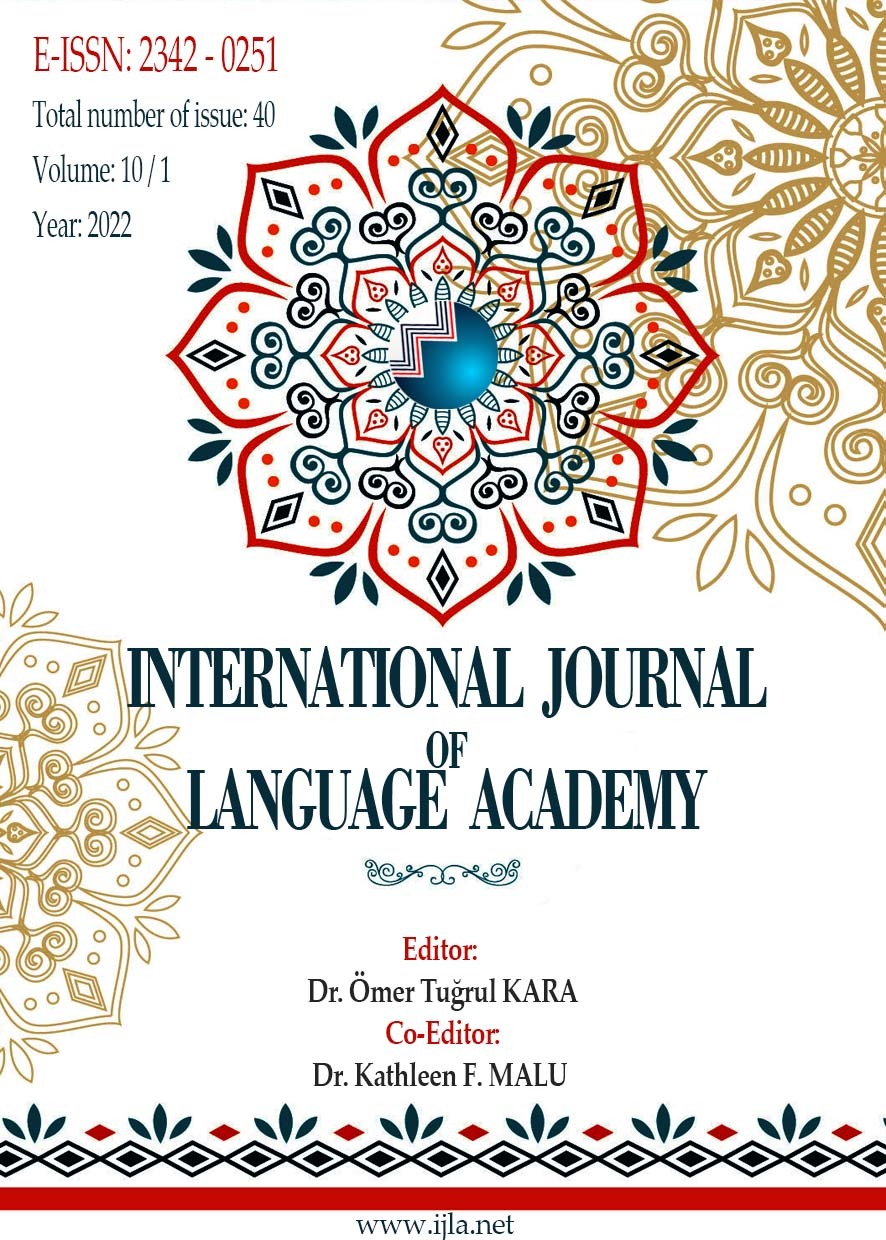Author :
Abstract
Hayâl-i zıll yani gölge oyunu Türk kültür ve edebiyatının ilginç ve zengin kaynaklarından birisi olup ortaya çıkışı ile ilgili çeşitli görüşler ileri sürülmüştür. Bu oyunun Anadolu'ya ya Orta Asya'dan ya da Batı'ya doğru Hindistan'dan göç eden Çingenelerle birlikte geldiği rivayet edilmiştir. Bir başka görüşe göre ise Sultan Orhan döneminde cami inşaatının gecikmesine sebep olduklarından öldürülen iki kişinin oyuna dönüşmüş şeklidir. Bu görüşler belgeye dayanmadığından kabul görmemişse de belgeye dayanan bir görüşe göre bu oyun Osmanlı’ya 16. yüzyılda Mısır’dan Memlük sanatçıları vasıtasıyla gelmiştir. Karagöz oyunu olarak da bilinen gölge oyununa ait en eski tasvirlerin 19. yüzyıl sonlarına ait olduğu, ancak Alman müzelerinde 12. yüzyıla ait Mısır tasvirlerinin bulunduğu bildirilmektedir. Osmanlı belgelerinde hayâl-i zıl olarak geçen bu oyun Osmanlı fetvâlarının da konusu olmuş ve bunun hükmüne ait soru ve cevaplar bazı fetvâ kitaplarında yer almıştır. Bir fetvâda bu oyunu seyretmenin hükmü sorulduğunda ibret almak için seyredilirse iyi bir şey olacağı bildirilmiş, başka bir fetvâda da bu oyunu seyretme sebebi sorulan bir kişi kendi kendini kınamıştır. Osmanlı fetvâ kitaplarında hayâl-i zıll oyunu 16. yüyıldan itibaren yer almaya başlamış ve kerahet ile istihsân baplarında bulunmuştur. Bu çalışmada hayâl-i zıll oyunu ile ilgili olarak Osmanlı fetvâ kitaplarında tespit edilen birkaç fetvâ ve bunlar arasında geçen Arapça bir kıta tanıtılacaktır.
Keywords
Abstract
Hayâl-i zıll, that is, shadow play is one of the exciting and rich sources of Turkish culture and literature, and various opinions have been suggested about its emergence. It is rumored that this game came to Anatolia either from Central Asia or with the Gypsies who migrated to the West from India. According to another view, it is the form of two people who were executed because they caused a delay in the mosque's construction during the reign of Sultan Orhan. Although these views were not accepted because they were not based on documents, according to an opinion based on documents, this play came to the Ottoman Empire through Mamluk artists from Egypt in the 16th century. It is reported that the earliest depictions of the shadow play, also known as the Karagöz play, are from the late 19th century, but there are 12th-century Egyptian depictions in German museums. This game, referred to as "hayal-i zıl" in Ottoman documents, has also been the subject of Ottoman fatwas, and the questions and answers regarding its ruling have been included in some fatwa books. When the ruling on watching this play was asked in a fatwa, it was stated that it would be a good thing if it were watched to take a lesson. The game of hayâl-i zıll started to take place in the Ottoman fatwa books from the 16th century and was included in the chapters of karahet and istihsan. In this study, a few fatwas found in Ottoman fatwa books regarding the game of hayâl-i zıll, and an Arabic verse among them will be introduced.
Keywords
- And. M. (2001) Karagöz. TDV İslam ansiklopedisi, C.14, 401-403, İstanbul.
- Eliaçık, M. (2016). Ebussuud Efendi’nin manzum fetvaları. Turkish Studies, 11/15, 105-





